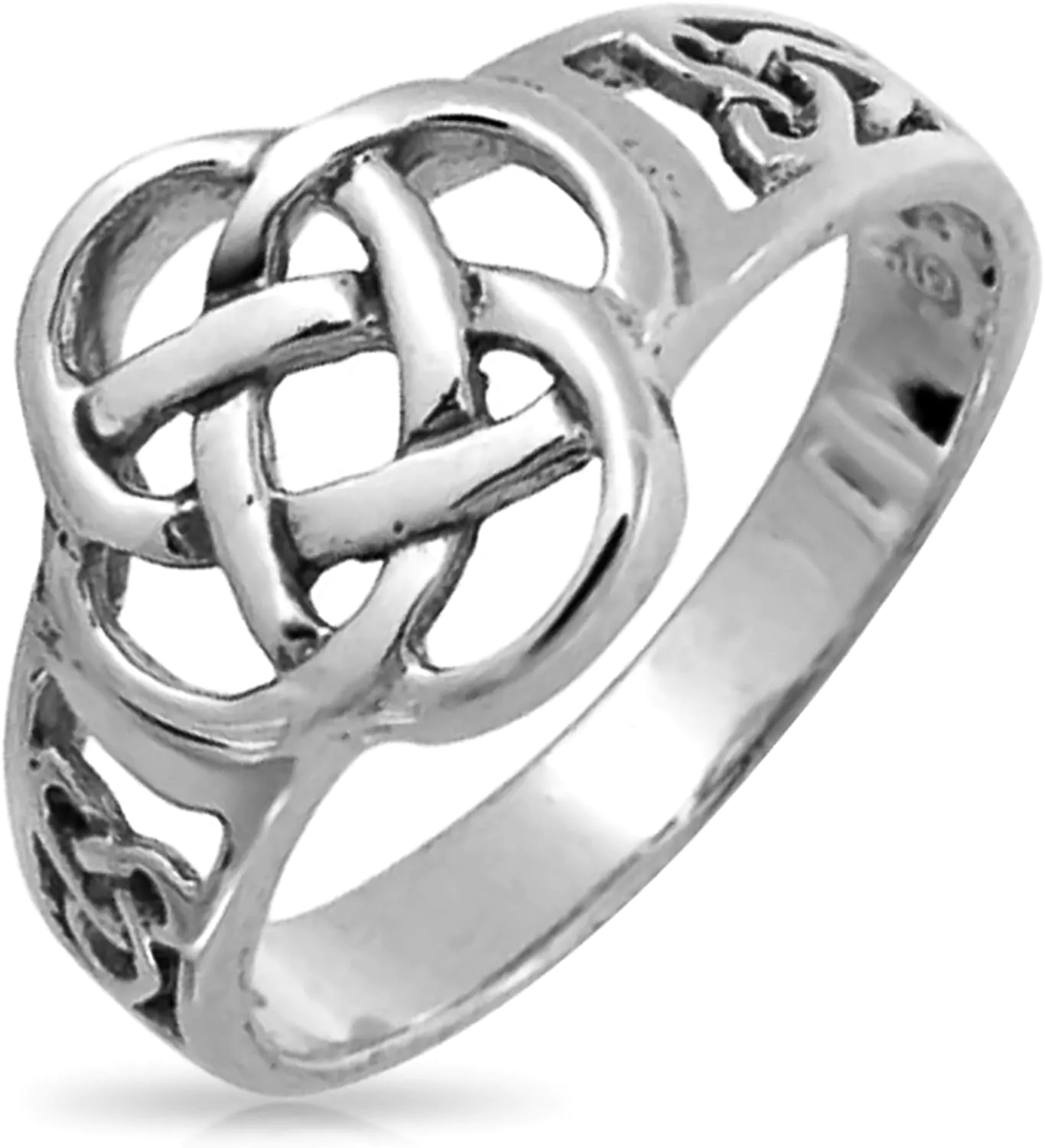Jewelry has long been a way to tell stories and communicate meaningful messages. Designers are now taking it a step further by creating inspirational jewelry that carries meaning for its wearers.
These meaningful accessories often feature engraved words or quotes. They may also incorporate spiritual symbols. This inspires and motivates the wearer to keep moving forward.
Dove
Doves have long been seen as symbols of love, peace, and hope. They are often associated with the flowers columbine, which also symbolizes peace. The Ancient Greeks associated doves with Aphrodite, the goddess of love. The Mesopotamian goddess Inanna (or Ishtar) was also associated with doves and columbines.
In the Bible, doves are associated with the covenant between God and humanity. When doves are seen in a dream, they are believed to be a sign that a loved one has passed on and is reaching out to us.
If the dove is your spirit animal, you are a gentle and loving person who often uses diplomacy to avoid confrontation. You have a deep sense of spirituality and may be able to help others find comfort during difficult times. The dove also represents the idea of soul mates, so seeing a dove in your life could be a reminder to cherish those closest to you.
Hamsa
Hamsa, also known as the Hand of God, is a popular protective symbol across religions. It’s also a unifying symbol of hope and good fortune.
While the exact origins of the hamsa are unclear, it is known that it has been used by ancient Mesopotamian and Egyptian civilizations. It’s believed to boost fertility, protect against evil, and bring prosperity to those who wear it.
Maggie Wilson, spirituality expert and author of the upcoming book Metaphysical AF from Union Square, tells mindbodygreen that the hamsa has been connected to Jewish, Muslim, and Christian traditions. The hamsa may be depicted with its fingers spread apart to ward off the evil eye, or closed together for protection and blessings.
The thumb and pinky finger are usually bent back to look like a second thumb. This is because some Muslims believe reproducing the human form in art can lead to idolatry, so it’s stylized to avoid that problem. This is also why the hamsa isn’t always anatomically correct.
Gordian Knot
This unique ring symbolizes that no matter how complicated your life seems, there is always a way to untie the Gordian knot. Over the years, I have had many people come to me with their Gordian Knot stories – how they were stuck and couldn’t find a way out but once they got this piece of jewelry they were able to get unstuck and move forward in their lives.
In Greek mythology, the Gordian knot was an extremely complex knot that a king tied around his wagon to fasten it to a post. The Phrygians believed that whoever was able to cut the knot would be able to conquer all of Asia. When Alexander the Great came to Phrygia in 333 B.C., he attempted to cut the knot but couldn’t figure out how to untie it.
To this day, the phrase “cutting through the Gordian knot” is used to describe a difficult or impossible task. Many businesses encounter their own Gordian knots on a daily basis, whether it be a high conflict team or an overloaded schedule. With the help of a professional, you can begin to see your problems from different perspectives and find solutions that were previously eluding you.
Friendship Bracelet
Friendship bracelets are a classic piece of inspirational jewelry. These handmade pieces are a form of macrame, which is a knotting technique that uses thread or cord to create a woven appearance. Traditionally, they are made with embroidery floss, but may also be made from yarn, cord, hemp or gimp. These bracelets can be woven into intricate patterns such as chevron or candy stripe.
To make a friendship bracelet, start with three strands of embroidery floss that are about 60 inches long. Fold the strands in half and tie a simple overhand knot on one end, leaving about an inch of space above that knot. This will become your center string.
Then, working with the other two strands, make forward knots on each of the strings. This will move the outside strands toward the center, and the center strands outward to create the chevron pattern. Repeat these steps on each of the remaining strings until your bracelet is your desired length.

